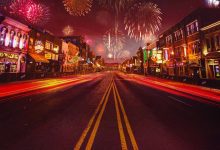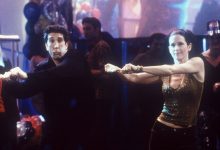Robert De Niro’s Billion-Dollar Gamble
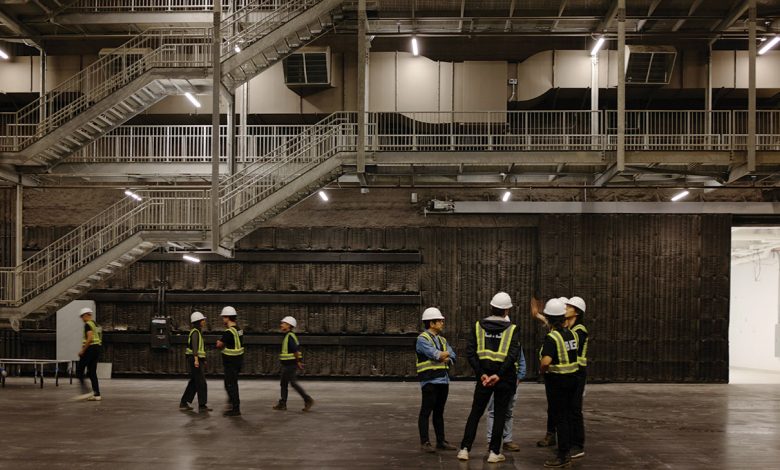
No disrespect to Toronto, Vancouver, downtown L.A., Sydney or all the other cost-effective shooting locations that have stood in for New York onscreen, but people can always tell. Imagine if Scorsese had filmed Taxi Driver in Burbank or if HBO had shot Sex and the City in Atlanta. There’s no substitute for Gotham’s grit and glamour.
“New York is the greatest backlot,” says Robert De Niro, perhaps the most New York of New York movie stars, who was raised in the West Village, founded the Tribeca Film Festival and has been featured in numerous films that helped define the city. “Plus, we have the most extraordinary talent, whether it’s actors or craftspeople, above and below the line.” Film production in New York is an $82 billion industry, generating 185,000 jobs. And yet the city has long suffered from a scattered, largely ad hoc studio infrastructure — much of it consisting of retrofitted warehouses — that struggles to compete with the sprawling, purpose-built soundstages of Los Angeles, London and other tax-friendly film hubs.
There are 11 soundstages at Wildflower Studios, stacked on two levels, each completely sound-independent, measuring 18,500 square feet with 45 feet of clearance under the catwalks. BIG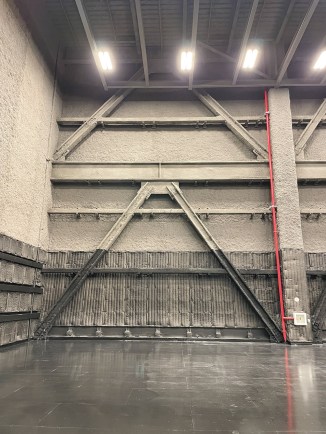
About five years ago, developer Adam Gordon — who provided Amazon with its first modern ecommerce facilities in New York through his company Wildflower Ltd. — was approached by three separate productions asking to shoot in his warehouses. Realizing there was pent-up demand for soundstages in the city, the fourth-generation New Yorker got the notion to construct his own studio. Faced with the region’s notorious spatial constraints, the sheer density of the urban fabric, he had the same insight that has driven architectural innovation in New York since the first skyscrapers sprouted: Build up.
As a developer, it made sense to him to stack the soundstages, but maybe there was a reason nobody had done it? He shared the idea with De Niro, whom he met through their kids’ music school. “Is this totally wacky?” Gordon asked. Not only did De Niro think it was a good idea, but he wanted in. The actor had been seeking to launch his own production studio since the Giuliani era. He and his eldest son, Raphael, joined Gordon as investors, and together with a lender and another financier (both undisclosed), they assembled $1 billion to build Wildflower Studios.
“In the real estate world, it’s a lot easier to borrow a billion than a million,” says Gordon, mid-60s, trim and athletic in a black T-shirt and jeans, standing in front of the completed structure by Steinway Creek in Astoria, Queens. “It gets people’s attention.”
Wildflower co-founders Raphael De Niro, Robert De Niro and Adam Gordon, posing in the studio’s “internal street,” whose sci-fi look has already served as a backdrop for a film shoot (though Gordon won’t reveal the project). StarPix/Courtesy
What also draws attention is the design that a billion can buy. Gordon and De Niro hired the superstar Danish architect Bjarke Ingels, known for his audacious visions, like the multicolored Lego house in Copenhagen, or Manhattan’s pyramidal housing complex Via 57 West. His cinematic Wildflower building is no less dramatic: a stunning black behemoth, tiled in angled slabs of prefabricated concrete, all framing a massive window onto what looks like the docking bay of the Death Star.
Ingels, whose puckishness and swagger are exemplified in his company’s website — big.dk
— says he was drawn to the challenge of doing something new. “It was very fascinating,” he says, “that a three-dimensional film studio had never been created before. Architecture is so governed by what’s already been done, that with the proven success of Wildflower, I think it’s going to open a door for many similar projects.” Ingels, whose upcoming projects include the $1.5 billion baseball stadium for the Las Vegas A’s, is Hollywood-inclined. He worked with Danish director Lars von Trier on the bleak set design for 2018’s The House That Jack Built and with his friend Jonathan Nolan on the futuristic cityscapes of Westworld’s third season. He also had a brief cameo in Game of Thrones’ penultimate episode as a soon-to-be-barbecued resident of King’s Landing.
The 49-year-old Danish architect Bjarke Ingels, near his U.S. headquarters in Brooklyn’s DUMBO neighborhood. Ingels, who has eight offices around the world, says “cinema is probably the art form most similar to architecture.” Blaine Davis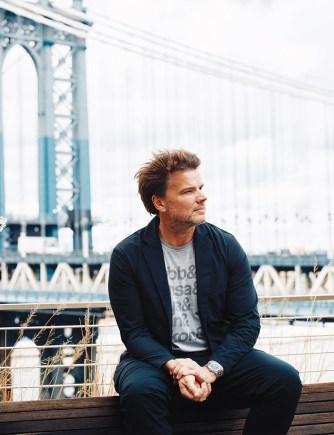
“Cinema is probably the art form most similar to architecture,” he says, in that both require “armies of people” to bring singular visions to life.
De Niro and Gordon consulted with the Teamsters to design a parking lot system that would allow trucks to drive right up to elephant cars — elevators big enough to accommodate a pachyderm — leading straight to the studio’s 11 soundstages.
At 765,000 square feet, Wildflower is the largest of a new wave of studios cropping up around the five boroughs, including Lionsgate’s Great Point Studios, to accommodate productions seeking to take advantage of the city’s character and the state’s recently expanded tax credits. But for De Niro such incentives are beside the point. The city itself is enough of a draw.
“The other cities are all good, and I’ve shot in all of them,” says De Niro. “It’s just that the bottom line is most people would rather be in New York, if they could. Especially if they live there.”
De Niro, who has a sideline in hospitality as owner of Tribeca’s Greenwich hotel and co-founder of the Nobu empire, paid special attention to the studio’s commissary. He insisted that execs, cast and crew should sit in the same room and eat the same food. And that food had to live up to New York standards. When I visited, the walls of the cafeteria were bare, but they would soon be covered in canvases by the actor’s painter father.
Ingels became a bold-faced name in New York thanks to Via 57 West, his pyramidal housing complex that looms over the Westside Highway and Hudson River. Iwan Baan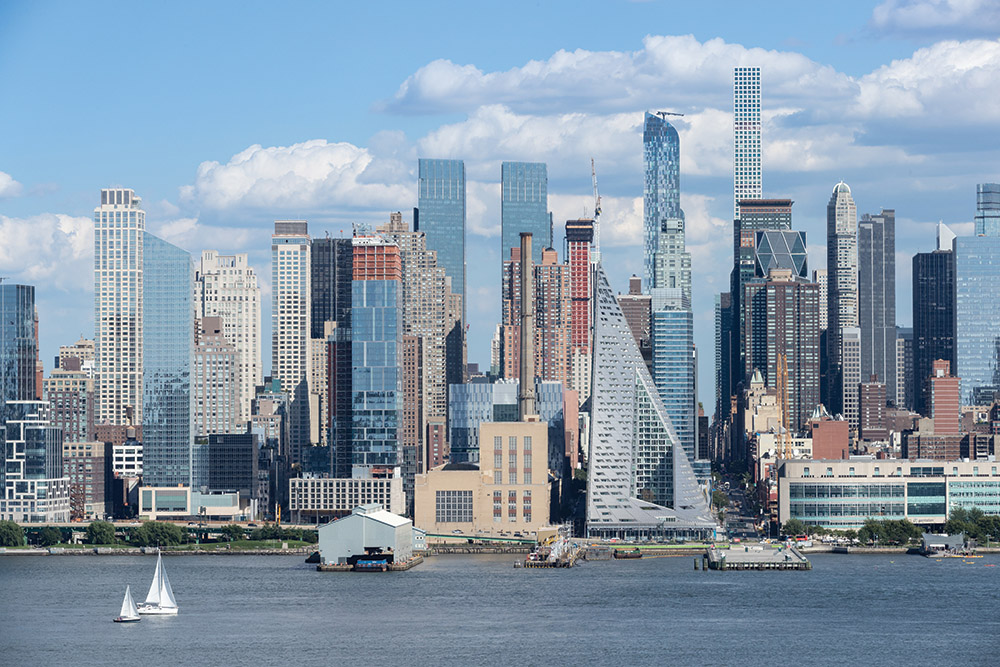
Gordon says the first productions will start filming in early December. Standing in the dead silence of one of Wildflower’s cavernous soundstages, it’s hard to imagine, so Ingels shows me a model of the studio, removing one of the front panels to reveal the Millennium Falcon on an upper-level soundstage and Godzilla below — both to scale.
Ingels’ building, Gordon hopes, will provide not just convenience but inspiration for the armies of actors and craftspeople who work there. “Some of the most talented creative artists have been spending large parts of their career working in completely dehumanizing spaces,” he says. “And I thought, ‘van Gogh painted in Arles, right? Picasso lived in the South of France.’ And that’s the spirit of the creative process, right? It’s having beautiful circumstances that make you feel like making art.”
Wildflower Studios Jonathan Morefield/Field Condition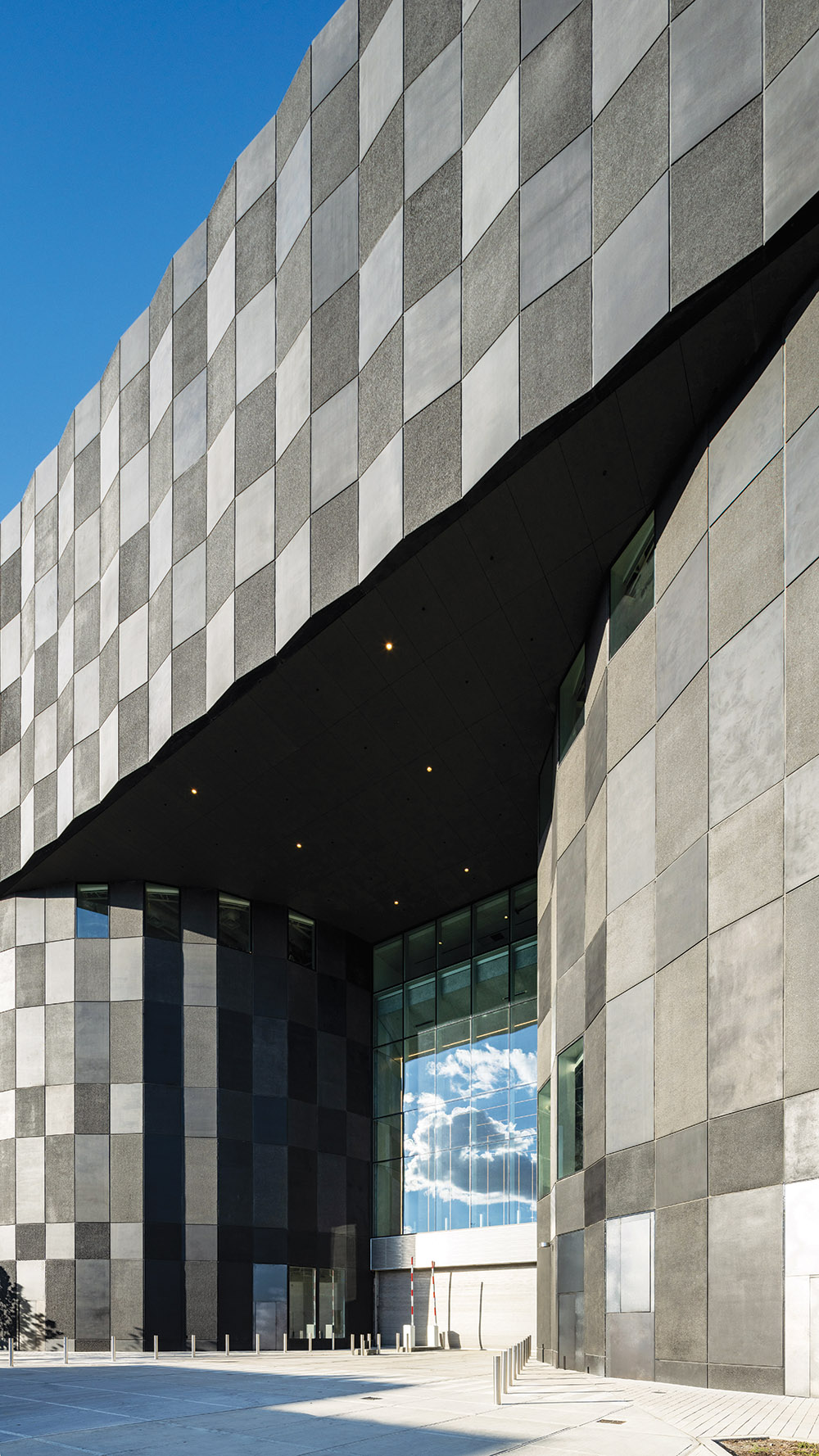
This story appeared in the Sept. 19 issue of The Hollywood Reporter magazine. Click here to subscribe.
Source: Hollywoodreporter
Related Posts
- Roundball Rocked: With NBA Return Looming, NBC Purges Scripted Roster
- SoundCloud Says It “Has Never Used Artist Content to Train AI Models” After Backlash on Terms of Service Change
- Fox News’ Camryn Kinsey Is “Doing Well” After Fainting on Live TV
- Kerry Washington and Jahleel Kamera in 'Shadow Force.'
Courtesy of Lionsgate
…
- This Alternative Artist Landed a Top-20 Chart Debut With an Album Made Almost Entirely on His Phone

